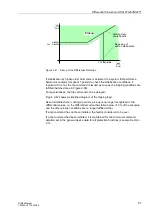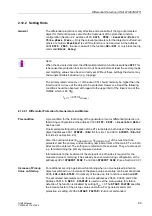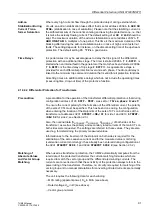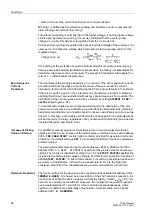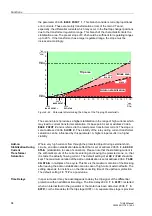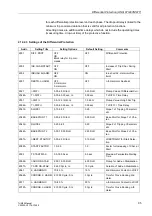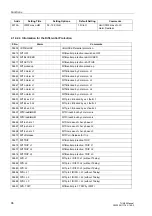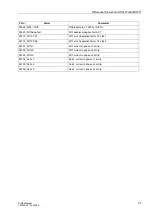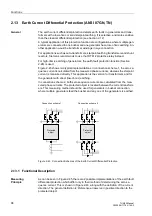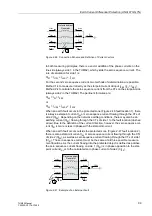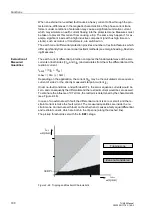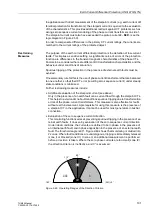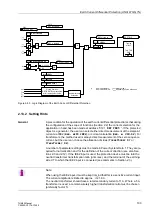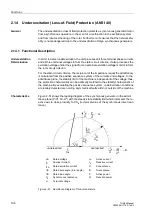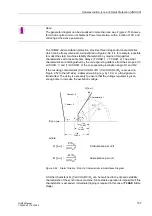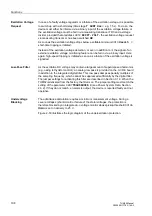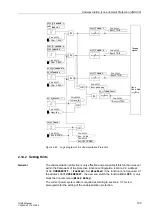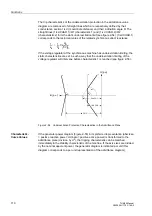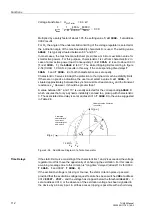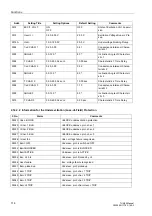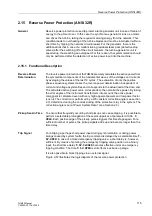
Earth Current Differential Protection (ANSI 87GN, TN)
101
7UM62 Manual
C53000-G1176-C149-3
In applications with direct measurement of the starpoint current (e.g. earth current dif-
ferential protection for transformers), the starpoint current is queried to the evaluation
of the characteristics. This provides additional restraint against CT problems such as
wrong zero sequence current modeling of the phase current transformers on side 1.
The starpoint current must also have exceeded the pickup current
(see the
logic diagram in Figure 2-50).
In order to compensate differences in the primary CT current ratings, the currents are
matched to the current ratings of the protected object.
Restraining
Measures
The purpose of the earth current differential protection is the detection of low-current
faults. This implies a sensitive setting. A significant source of errors of the protection
function are differences in the transient magnetic characteristics of the phase CTs.
Factors to be considered here are different DC transformation characteristics and the
behaviour under conditions of saturation.
Spurious tripping of the protection in the presence of external earth faults must be
avoided.
One elementary rule for this is the use of phase current transformers that are balanced
to one another, so that their CT error (resulting zero sequence current) under steady-
state conditions is minimized.
Further restraining measures include:
•
Additional evaluation of the starpoint current (see above)
Only in the presence of an earth fault can a current flow through the starpoint CTs.
This helps to avoid under no-fault conditions spurious tripping due to transformation
errors of the phase current transformers. This measure is also effective for faults
without earth involvement. A prerequisite for using this measure is the presence of
a starpoint CT in the application. It cannot be used for most generators in busbar
connection.
•
Evaluation of the zero sequence current direction
This monitoring functions aims at preventing spurious tripping in the presence of ex-
ternal earth faults. It does so by evaluation of the zero sequence current direction.
Under ideal conditions, the currents are defined to be in phase in the presence of
an internal earth fault, and in phase opposition in the presence of an external earth
fault. The threshold angle is 90°. Figure 2-49 shows that monitoring is divided into
2 zones. Where fault conditions are unambiguous, tripping is immediately released
(zone I) or blocked (zone III). In zone II, an additional measurement is performed
before a decision is taken. Where the zero phase currents are too small (zone IV),
the direction criterion is ineffective, and 0° is assumed.
Figure 2-49 Operating Ranges of the Direction Criterion
180 °
90 °
65 °
115 °
III
I
IV
|
∆ϕ
| = 0 °
II

